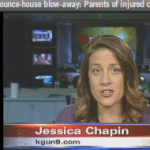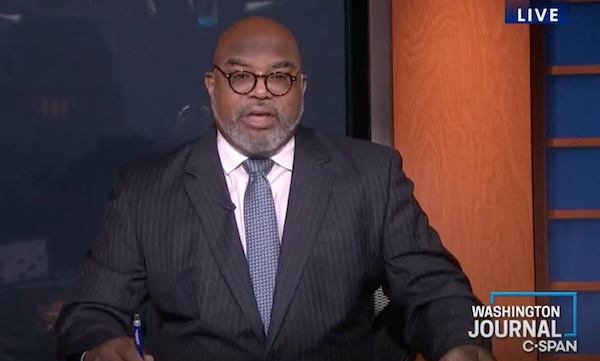 What happens when a newsroom values diversity?Reporter Jessica Chapin of KGUN-TV in Tucson, Ariz., says it leads to better storytelling and better decision making.
What happens when a newsroom values diversity?Reporter Jessica Chapin of KGUN-TV in Tucson, Ariz., says it leads to better storytelling and better decision making.
“Tucson is an hour from the border, so diversity in the newsroom and Spanish as a second language is definitely a plus,” Chapin says. “I’m constantly doing interviews in broken Spanish (because I’m really not good at it yet!) and having producers or photographers translate for subtitles when I get back.”
Fortunately, says Chapin, her newsroom can bank on the expertise of a wide variety of backgrounds.
“We have several Hispanic reporters, two Native American producers, two Vietnamese reporters, and people from all religious backgrounds, as well as some extreme conservatives and liberals,” Chapin says.
She says that her news director, Forrest Carr, routinely assembles the newsroom to discuss ethical issues. “I noticed that it makes for not only great conversation and debate, but also it helps hold our own reporting accountable,” Chapin says.”I think because we have so many different backgrounds, we get a lot of good perspectives.”
The value of diversity really hit home for Chapin this month.
“A photographer here at the station found himself in Mexico covering a 17-year-old who was shot to death by a Border Patrol agent,” Chapin said. “Martha, our producer, set up the interviews by using calling cards to Mexico and speaking in Spanish to the family members.”
“At the same time, I was covering a story about a jumping castle that blew away in a dust devil, injuring two children. Turns out, the families were both Iraqi refugees who only knew Arabic. Fortunately, we could call in our other producer to translate so we could run subtitles!” said Chapin.
For Chapin this is an excellent example of how diversity in a newsroom can truly be a benefit. “You never know who or what cultural or language barriers you’ll encounter as a reporter,” says Chapin.
And she adds with a smile, there’s an app for that.
“I have a language translation app on my iPhone for such occasions as… well, just in case.”








